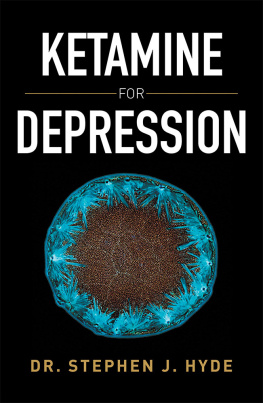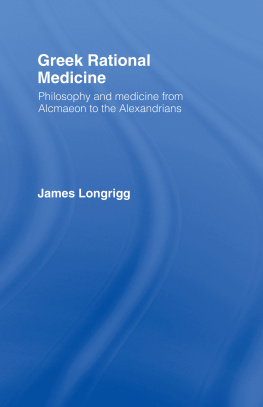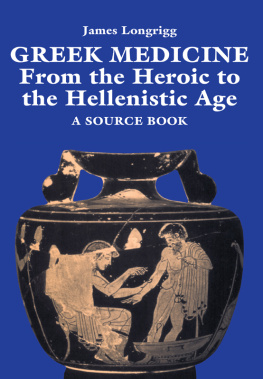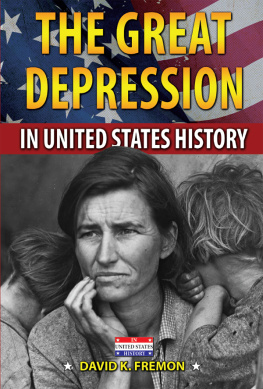Originally published in 1934 by The Macmillan Company in New York.
Published 2009 by Transaction Publishers
Published 2017 by Routledge
2 Park Square, Milton Park, Abingdon, Oxon OX14 4RN
711 Third Avenue, New York, NY 10017, USA
Copyright 2009 by Taylor & Francis.
All rights reserved. No part of this book may be reprinted or reproduced or utilised in any form or by any electronic, mechanical, or other means, now known or hereafter invented, including photocopying and recording, or in any information storage or retrieval system, without permission in writing from the publishers.
Notice:
Product or corporate names may be trademarks or registered trademarks, and are used only for identification and explanation without intent to infringe.
Library of Congress Catalog Number: 2009000212
Library of Congress Cataloging-in-Publication Data
Robbins, Lionel Robbins, Baron, 1898-1984
The great depression / Lionel Robbins ; with a new introduc-
tion by Murray Weidenbaum.
p. cm.
Originally published: London : Macmillan and co., limited,
1934.
ISBN 978-1-4128-1008-1
1. Economic history--1918-1945 2. Currency question.
3. Depressions--1929. 4. Currency question--Great Britain.
5. United States--Economic policy. I. Title.
HC57.R57 2009
330.9043--dc22
2009000212
ISBN-13: 978-1-4128-1008-1 (pbk)
INTRODUCTION TO THE TRANSACTION EDITION
LIONEL ROBBINS was one of the giants among British economists over the past century and a star at the London School of Economics. His classic work, Essay on the Nature and Significance of Economic Science, is still a staple on the reading lists assigned to graduate students of economics. In contrast, his later work, The Great Depression, has become a neglected period piece.
As the reader of this volume will quickly learn, however, there is much of value to those concerned with the contemporary challenges facing the American economy as well as the global marketplace. Before I draw attention to the more obvious lessons for today, it is fitting to pay tribute to the style as well as content of The Great Depression.
Unlike most recent studies of economic history and policy, Lord Robbins writes in clear English readily understood by educated readers not especially trained in formal economics. There is no shortage of statistical tables (36) and charts (7), but it does not require proficiency in econometrics to follow them. Robbins brightens this book with allusions to Shakespeare, the Bible, and an apt quotation from the poet Alexander Pope.
Reading Robbins somehow is reminiscent of the great actor Charles Laughton reciting from the New York telephone book. Laughton converted the most ordinary prose to high drama. In a comparable manner, Robbins describes economic developments in language that makes readers feel that they are reading classical literature. Rather than merely describing the fluctuations of the business cycle, he writes of the recurrent waves of business depression and unemployment, which ruffle the lines of secular development. Indeed, allusions to the pyramids of the Pharaohs alternate with descriptions of the division of labor.
However, it is the continuing relevance of the substance of The Great Depression that merits our attention. Before presenting some of the possible lessons for today, we may note that the term recession was not in general use at the time that Robbins wrote. Rather, the business cycle consisted of alternations of prosperity and depression. Although since the 1930s we have not experienced a downturn of the magnitude that Robbins described, many parallels can be drawn, at least roughly and usefully.
Robbins reports that the depression that started in 1929 dwarfed all preceding movements of a similar nature both in magnitude and intensity. But the precipitating eventsnotably the stock market crash in the United States and the failure of the Credit-Anstalt Bank in Austriahe tells us, were not bolts out of the blue. Nor does he absolve Great Britain from serious blame. Robbins labels his countrys abandonment of the gold standard during this period as a catastrophe of the fi rst order of magnitude. The author then traces the origin of the Great Depression to the dislocations of The Great War (World War I) and the speculative activity that followed the achievement of peace.
As for the fundamental causes of the Great Depression, Robbins states that money is the one thing common to all economic activity in the modern world. In that spirit he points ironically to the cooperation among the major monetary authorities, such as the Bank of England and the U.S. Federal Reserve System. He blames especially the Fed for the excessive monetary ease, designed to avert recession in Great Britain, but which also generated the unsustainable boom conditions in fi nancial markets. The boom, in his view, was bound to be followed by an extended depression.
Robbins attributes the severity of the depression to forces that reduced the flexibility of the economic system. His concerns cover a broad terrain, ranging from the great combinations of industrial fi rms to the rigidity of labor markets brought about by collective bargaining.
This combination was a dish of eggs not easy to unscramble. Robbins draws on what he calls orthodox economics, including the heritage of generations of subtle and disinterested thought. Nevertheless, it may not be too wide off the mark to state that this portion of the book has held up least well over the years. To be fair, we should note the continued inability of the economic profession to develop a fully satisfactory explanation of the complex array of actions and responses that constituted the Great Depression.
As recently as the June 2008 issue of The Journal of Economic Literature, Harold Cole of the University of Pennsylvania lamented the fragmentary state of economics with respect to the Great Depression. That distinguished economist reminded us all of the challenges that are still faced in developing a truly satisfactory quantitative theory of what happened during the Great Depression.
In that same spirit, Robbins cautioned the reader that no one analysis of the Great Depression is capable of explaining all its different aspects. In his view, political accidents, deliberate policies, structured weaknesses, and local psychology all played a part. Moreover, as the situation deteriorated, a vicious circle set in. Fear of the future set in motion forces, which brought about the adverse situation envisioned by the worriers.
Robbins also evokes a theme that he repeatedly turns to: the data available at the time to analyze economic developments lack statistical purity. However, he fi nds the contemporary numbers adequate to measure general directions of movement. This is reminiscent of a debate among economists in a more recent period concerning measurement without theory and theory without measurement.













